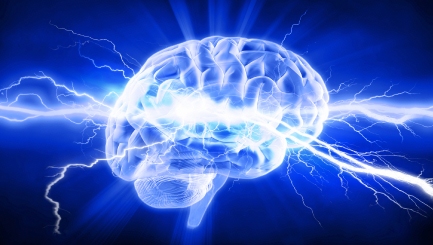
This treatment is effective only in severe depressive disorders, but the transcranial direct current stimulation combined with a medication such as Zoloft could help to increase the efficiency of treatment. The newer tDCS devices aren’t yet approved by the U.S Food and Drug Administration, but older non-invasive stimulation devices on the brain are becoming used more and more as an established treatment option for depression. Currently, electrical current therapy is performed for thirty minutes each session, with twelve sessions in total.
In the early stages of the study, each of the participants had an average depression score between 30 and 31, with a higher score meaning a worse state of depression. After six weeks of the treatment, researchers discovered that on average the score of depression dropped to 13, compared to a score of 25 for those who were given fake treatments. Treatments for depression don’t work across the board for everyone but these results indicate that brain stimulation could really work as a valuable option for treating this condition.
Further studies need to take place to determine whether or not this mode of treatment could be an actual option for those with severe depression. If you think you might be suffering with depression, speak to your GP who can offer advice and medication, depending on your severity. You will be asked to complete a questionnaire which will give you a score that ascertains your level of depression.
